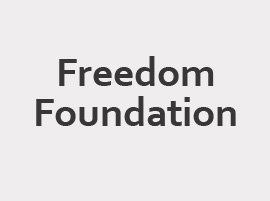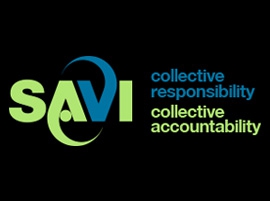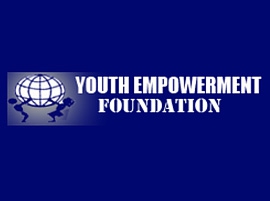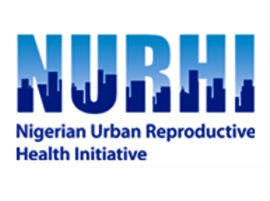Three Ways to Improve Child Health
Over the last 15 years, the international community has made great strides in improving child health. But, with millions of children under the age of five dying each year from preventable and treatable diseases like diarrhea and pneumonia, the job is far from finished.
Most people would say that malaria or even HIV/AIDS are the leading child killers. In fact, diarrhea and pneumonia top the charts as the biggest threats to child survival – as they have for the more than 30 years that we have been tracking them. According to the recently published 2016 Pneumonia and Diarrhea Progress Report, the two diseases caused 1.4 million child deaths last year, and one-quarter of all deaths of children under the age of five. They exact their highest toll in South Asia and Sub-Saharan Africa.
Tackling the two biggest killers of children worldwide may seem daunting, but we have all the knowledge we need to mount an effective response. Indeed, we know which viruses, bacteria, and parasites we need to target; which interventions are likely to work; and which countries need them the most.
Just 15 countries account for 72% of childhood deaths from pneumonia and diarrhea. These are the countries on which the Pneumonia and Diarrhea Progress Report focuses. Its analysis of national efforts shows that, while most countries have made improvements over the last year, improvement in some of the largest countries has been minimal, and a few countries have not made any progress at all. Most deaths happen in the first two years of a child’s life.
To change this, governments need to step up their efforts to prevent pneumonia and diarrhea, including by ensuring that parents have access to the information they need to protect their children. Here, it is critical that ordinary citizens stand up and hold their governments accountable.
The good news is that there are three relatively simple interventions that could make a big difference.
The first is breastfeeding. An age-old, no-cost intervention, breastfeeding exclusively for the first six months of a baby’s life is one of the easiest ways to prevent both diarrhea and pneumonia. Breast milk has all the nutrients babies need to grow, as well as antibodies that boost their immune systems, thereby protecting against illness and helping to accelerate recovery.
The Progress Report estimates that about half of all diarrhea episodes, and about a third of respiratory infections, could be averted by breastfeeding. Yet rates of exclusive breastfeeding during a child’s first six months remain low. In ten of the 15 countries evaluated in the Progress Report, fewer than half of mothers exclusively breastfeed their children.
To increase breastfeeding rates, governments need to ensure that mothers receive the guidance and help they need. That means training health workers; establishing community-level support networks, such as mother-to-mother groups; investing in behavioral-change campaigns; and creating a culture in which breastfeeding is welcome and encouraged.
The second critical intervention is improved water, sanitation, and hygiene in homes and communities. Globally, according to UNICEF, around 2.4 billion people still do not have access to modern sanitation, and 663 million do not have access to safe water sources. Many kids still lack clean drinking water, access to basic toilets, and good hygiene practices.
Poor water quality and lack of reliable sanitation systems to treat human waste play a big role in spreading diseases. UNICEF reports that something as simple as hand washing with soap can cut rates of diarrhea and respiratory infections by more than 40% and 25%, respectively.
Read more at https://www.project-syndicate.org/commentary/interventions-against-child...












